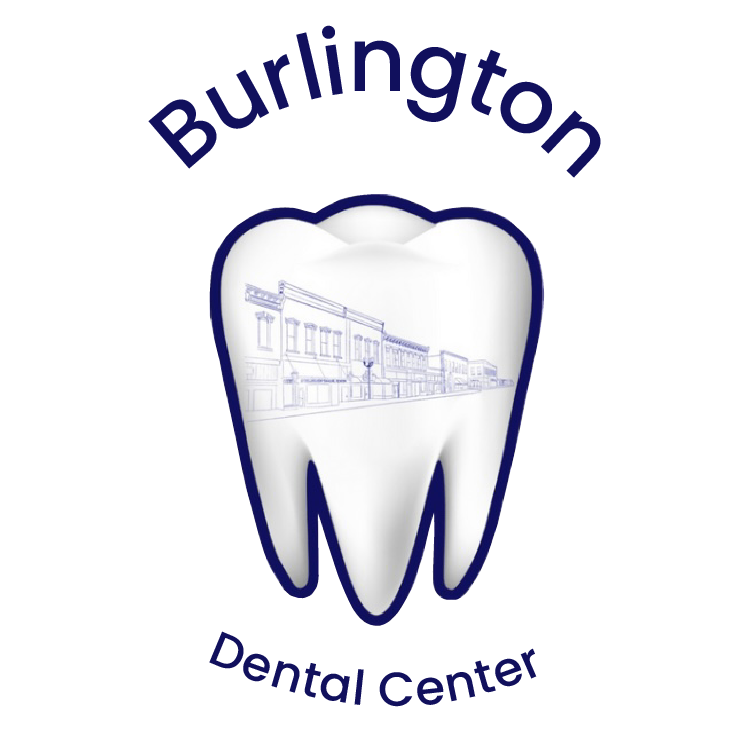
D2331 vs D2392 Dental Codes
D2331 and D2392 are dental codes for two-surface composite fillings.
D2331 is used for two-surface fillings on anterior teeth.
D2392 is for two-surface fillings on posterior teeth.
D2331 vs. D2392: Understanding Dental Filling Codes
When dealing with dental fillings, it's crucial to know the specific CDT codes used for billing and insurance purposes. D2331 and D2392 are two such codes that pertain to composite fillings but are applied in different contexts within the mouth.
Here’s a concise breakdown:
D2331: Composite Filling for Anterior Teeth
Dental code D2331 is designated for composite resin fillings on two surfaces of an anterior tooth. Anterior teeth, including incisors and canines, are located at the front of the mouth and are critical for aesthetics.
Primary Use: Employed for cavities or damage that affects two surfaces on any front tooth, where appearance is a significant concern.
Material Suitability: Composite material is chosen for its ability to blend seamlessly with the natural color of teeth, enhancing the visual outcome.
D2392: Composite Filling for Posterior Teeth
Conversely, D2392 refers to composite resin fillings that cover two surfaces of a posterior tooth, which includes molars and premolars. These teeth are primarily used for chewing and are less visible than anterior teeth.
Functional Priority: This code focuses on restoring functionality with a strong, durable material able to withstand the pressures of chewing.
Aesthetic Consideration: Although less critical than with anterior teeth, the composite still provides a natural look that is preferable in visible areas of the mouth.
Key Differences and Considerations
Location and Visibility: D2331 is used for the front teeth, while D2392 is for back teeth.
Surface Area: Both codes address two-surface fillings but differ in the typical challenges and strategies associated with anterior versus posterior fillings.
Insurance Coverage: Coverage may vary between these codes due to the perceived necessity and aesthetic nature of the treatments, with anterior fillings often viewed as more cosmetic.
Final Thoughts
D2331 and D2392 both deal with composite fillings but are distinguished by their application in different parts of the mouth, addressing unique aesthetic and functional demands.
Knowing these codes helps ensure accurate billing and proper treatment planning, aligning patient expectations with clinical outcomes.
* Though the author of this post is a licensed dentist in the state of Kansas, this information is provided for informational and educational purposes only. Please use your best judgment and contact emergency medical services in the event of an emergency.
